The Norfolk Terrier is a pint-sized and adorable dog. But don’t let their cute exterior fool you. Inside, these small dogs are true terriers — gregarious, feisty, fearless, and loving.
One of the smallest working terriers, these dogs are bold and like to think of themselves as being the lion and not the lamb. You can expect a loyal dog that will bond tightly with you and carefully watch over you. Read on to learn more about the Norfolk Terrier.
Description of the Norfolk Terrier
With big curious eyes, an erect and always wagging tail, and an energetic and bouncing gait, the Norfolk Terrier is the picture of cuteness and energy.
Their terrier blood means they are active and fearless despite their small size. Originally considered the same breed as their cousins the Norwich Terrier, these dogs became their own breed in the late 20th century, and can be distinguished from the Norwich by their ears; the Norfolk has ears that fold down, while the Norwich have ears that are erect.
These peppy dogs have a double coat that protects them from inclement weather very well. They come in a range of colors from red, wheaten, black and tan, and grizzle.
Life Expectancy and Size
The Norfolk Terrier is a tough breed and are often quite hardy. They live an average of 12 – 16 years. Working with a reputable breeder can prepare you for potential health problems and ensure that your dog is well bred.
These terriers are smaller than some toy sized dogs. Ranging from 9 – 10 inches tall, and weighing 11 – 12 pounds, this breed seems much larger than it’s small size because of their feisty and rambunctious nature.
Protective Ability
While too small to make a dent above the ankle, the Norfolk Terrier can still make a great watch dog. They often jealously watch over their humans and are quite alert and vigilant. Just don’t expect a dog that can guard against anything bigger than your average garden rodent. But they are a truly loyal breed and will do anything for their humans.
Training
The Norfolk Terrier is an intelligent and eager dog. They are smart and quick to learn, especially if you make it fun for them! Using lots of positive-reinforcement and treats is a great way to make training sessions engaging and smooth.
Be sure to avoid giving your dog too many treats as they can easily become overweight.
Energy Level
These small dogs are true balls of energy. They love to be on the move and have boundless energy. This is best expended through playing games, long walks, and backyard playtime. Moderate exercise should be enough to keep these dogs healthy and happy.
It is important to supply a fenced yard and keep your dog on leash when walking as the Norfolk Terrier was bred to root out small animals and is always ready to take off at the slightest sign of some small furry creature.
These dogs also love to spend time with their families, though. You can often find your dog curled up in your lap at the end of a long day.
What Living with a Norfolk Terrier is Like
This is an all around kind breed. These dogs love their families, and can do great with kids. They are quite sturdy despite their small size, and always game for an adventure.
The Norfolk Terrier makes a great companion for many different types of people. It doesn’t matter whether you are a big family, new dog owner, or senior, these dogs are happy with anyone that gives them love and affection.
Care of the Norfolk Terrier
The Norfolk Terrier is an adaptable dog. Their biggest requirements are exercise and social time with the family.
Environmental Needs
With a coarse double coat, these hardy dogs are ready to tolerate both hot and cold climates alike. Providing your small friend with a jacket in colder weather can help keep their small bodies warm.
Exercise Needs
Active and exuberant, the Norfolk Terrier needs plenty of daily exercise to stay fit and happy. Playing games, taking long walks, and taking your dog to canine sports is a great way for your terrier to expend energy and bond with you. Be sure to provide a fenced in yard, as your dog will take any opportunity to chase after small prey.
Shedding and Grooming
This breed sheds little.
The Norfolk Terrier has a wiry coat that requires hand-stripping to keep it as healthy as possible. You can learn this method yourself, or have your local groomer do it. This process need only occur every week or so.
Ideal Home Environment
These dogs do well almost anywhere. An important consideration before getting your Norfolk Terrier is that they don’t do well with small furry animals in the house. Your ferret or gerbil is an intruder that needs to be removed in the eyes of your terrier.
Early socialization can help teach them who are friend or foe, but this natural instinct may not be squashed, so a house without potential prey is more ideal for these dogs. But other dogs and children are great companions for your Norfolk Terrier and they will love all the extra playmates.
This breed makes an alert and loyal watchdog, but they fall short in the guard dog department. However, if you want a dog that is good-natured and fearless you can’t find a better dog than this Terrier.
It is important to acknowledge that this breed has potential health issues that can affect both of your lives.
Health Concerns
Heart disease is the most serious problem for the Norfolk Terrier. Having a cardiac exam can help catch problems early. This breed also suffers from eye problems, patellar luxation, and oral diseases. Regular check-ups and brushing your dog’s teeth can help keep him healthy.
Behavior Problems
The Norfolk Terrier is bred to hunt, and this instinct is still alive and well in them today. Be sure to keep your dog on leash or in a fenced yard to keep him from wandering too far after some elusive prey.
Early socialization is also important to make sure your terrier grows into the good-natured and friendly dog he is known to be.

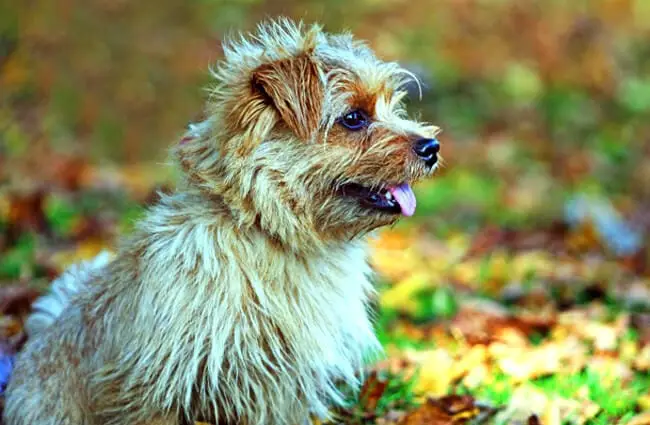
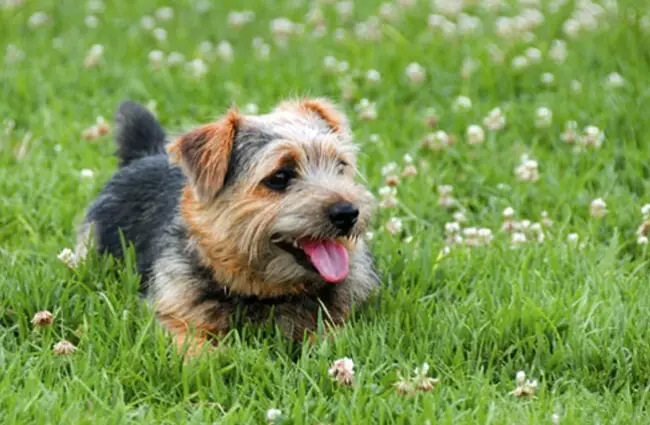
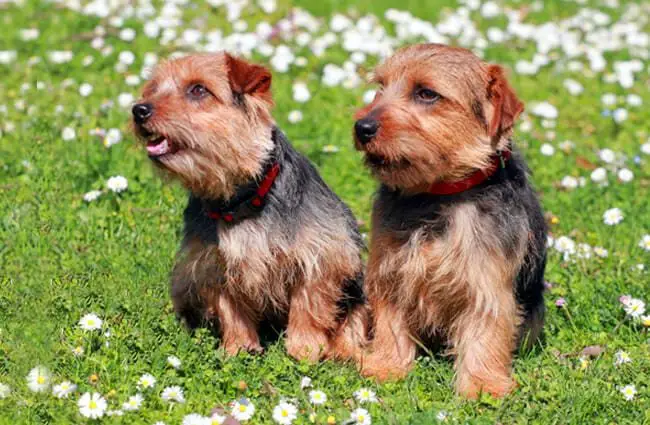

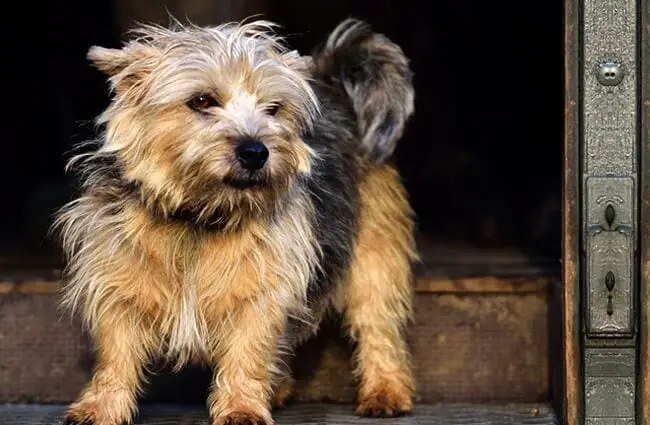

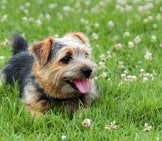

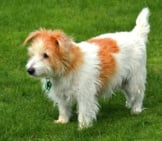














![Red Angus Closeup of a beautiful Red Angus cowPhoto by: U.S. Department of Agriculture [pubic domain]https://creativecommons.org/licenses/by/2.0/](https://animals.net/wp-content/uploads/2020/03/Red-Angus-4-100x75.jpg)

